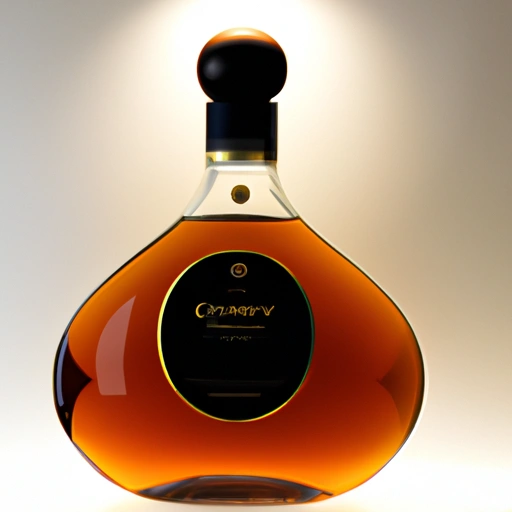Cognac
Description

Cognac is a type of brandy that hails from the Cognac region of France. Known for its deep, rich flavors and smooth finish, cognac is made by distilling white wine and then aging it in wooden barrels. This aging process allows the spirit to develop a complex bouquet of aromas and tastes that can range from sweet fruit and spice notes to nutty, floral, and oaky undertones. In cooking, cognac is often used to deglaze pans, create sumptuous sauces, or add a warming depth to desserts and other dishes.
Common uses
Cognac is primarily enjoyed as a sipping spirit, often served neat or with a splash of water, but it also plays a starring role in various culinary applications. It's cherished for its ability to impart deep flavor into a range of dishes, from starters to desserts and even in the creation of certain confections.
Nutritional value
Calories
Typically, cognac contains about 69 calories per 1 oz (28 grams or about 30 milliliters). As an ingredient in recipes, the calories it contributes will depend on the quantity used.
Protein
Cognac contains no protein.
Fat
Cognac is fat-free.
Carbohydrates
Cognac does contain some carbohydrates, primarily in the form of alcohol sugars, with an average of about 0.03 grams per ounce.
Vitamins
Cognac does not provide a significant source of vitamins.
Minerals
Cognac does not contain a noteworthy amount of minerals.
Health benefits
While cognac is not typically consumed for its health benefits, moderate consumption has been associated with some health advantages such as the presence of antioxidants. However, these benefits are usually derived from moderate drinking and not from culinary uses.
Potential risks
Consuming alcoholic ingredients like cognac can pose health risks if not consumed in moderation. Excessive intake can lead to increased risk of chronic diseases, alcohol dependence, and other health issues.
Common recipes
In the culinary world, cognac is a cherished ingredient in classic dishes such as Steak au Poivre, Coq au Vin, and various pâtés and terrines. It is also used to flambé dishes like Bananas Foster or Crêpes Suzette, adding both flair and flavor.
Cooking methods
Cognac can be used to deglaze pans, added to simmering sauces to enhance their depth, or incorporated into marinades to tenderize and flavor meats. It is also a key component in certain dessert preparations, providing a rich, boozy note.
Pairing with other ingredients
Cognac pairs beautifully with rich, creamy dishes, offering a balance to the heaviness with its complex flavor profile. It also complements the sweetness in desserts, particularly those featuring chocolate, caramel, or fruit.
Summary
Cognac is a versatile spirit that brings a touch of luxury and depth to both the glass and the plate. Its rich history and complex profile make it a prized ingredient for chefs and home cooks alike, offering a unique way to elevate a wide variety of dishes across multiple cuisines.